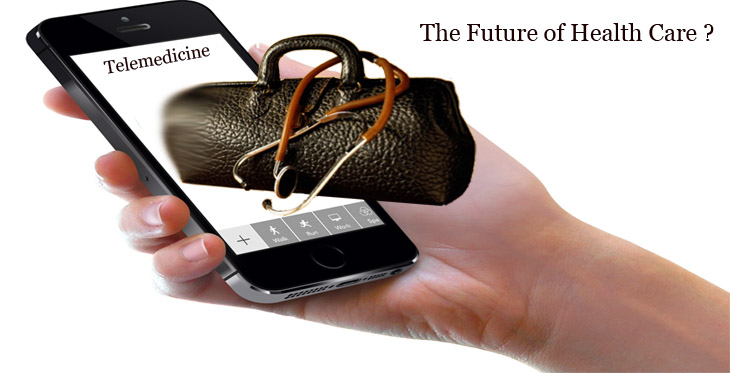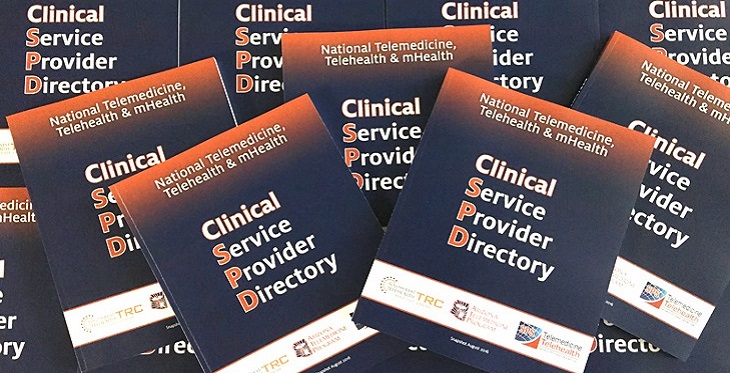Spreading information to prevent complications in fragile infants: the NEC-Zero project

Imagine that you just delivered a baby three months early and are sitting in the neonatal intensive care unit (NICU) next to an plastic box (i.e. an incubator) supporting the child who was nestled safely within the womb just 12 hours ago. Tiny and translucent, your new hero is fighting for life with all 1 pound 4 ounces of his being. Though connected to machines to help him breathe, stay warm, and nourished, the alarms and noise of the monitors make you wonder what is going wrong. Work that your body was doing 12 hours ago has now been completely handed off to a team of strangers, medical professionals that are kind and highly skilled, but are completely new to you.








